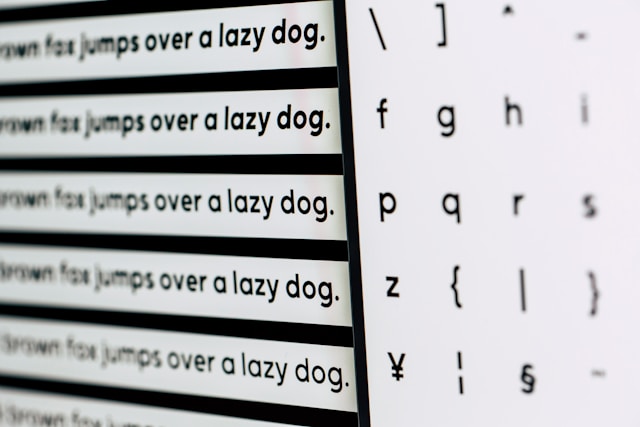info@sadi.co.ke
+254727368241
Typography as a Silent Communicator
Fonts do more than present text—they convey emotion, tone, and brand identity. The choice of typeface can influence how users perceive trustworthiness, creativity, or professionalism.
Serif vs. Sans Serif
Serif fonts often communicate tradition, reliability, and authority, while sans serif fonts are seen as modern, clean, and approachable. Designers strategically use these contrasts to match brand voices.
The Role of Readability
Good typography balances style with function. Readable fonts improve user experience and keep visitors engaged longer. Poor typography, on the other hand, can drive users away.
Emotional Connection
Fonts evoke subconscious feelings—script fonts feel elegant and personal, bold block fonts signal strength, while playful fonts foster friendliness.
Typography in Branding
Successful brands often become synonymous with their fonts. Think of Coca-Cola’s script or Google’s clean sans serif. Typography consistency builds recognition and trust.
Future of Typography
Variable fonts and responsive design are shaping the future, allowing typefaces to adapt across devices without losing readability or impact.
 August 22, 2025 - BY Admin
August 22, 2025 - BY Admin